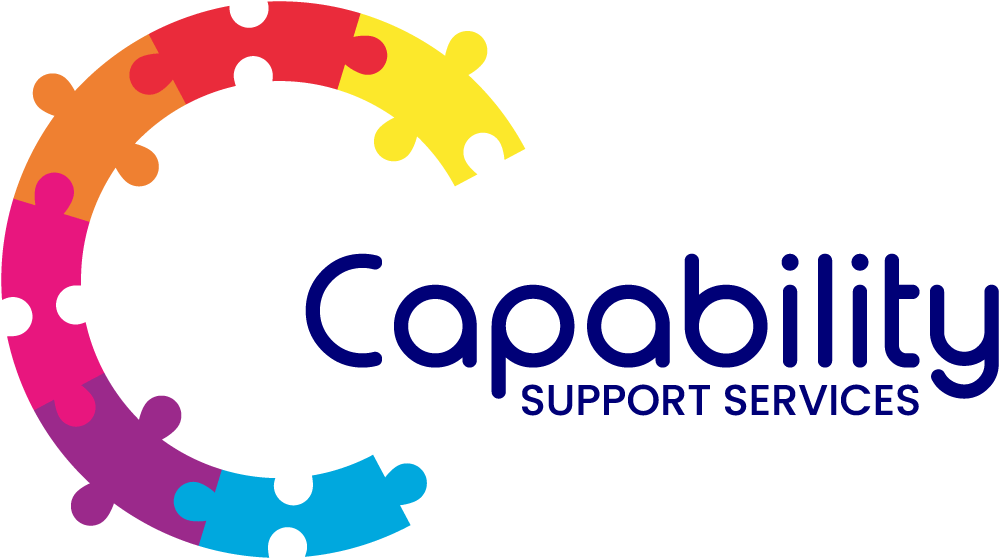Home is not just about the four walls. Home is where individuals feel safe, independent, and in charge. For NDIS participants, the home setting is a major part of everyday living. But occasionally, that setting must be altered to fit the individual’s needs. That’s where an NDIS occupational therapist comes in.
Home modifications are not just ramps and grab rails. They’re about making it possible for a person to cook, shower, get around, and sleep in a space that works for their lifestyle and their goals. Whether it’s altering a kitchen bench or rearranging the layout for a bathroom, occupational therapists help develop functional, safe, and enabling solutions.
Here’s how NDIS occupational therapists make home modifications successful, and how participants and carers can benefit the most from the process.
What Do NDIS Occupational Therapists Do?
NDIS occupational therapists (OTs) are allied health professionals whose job is to enable people with disabilities to live independently. In the area of home modification, they are supposed to visit the participant’s home, assess the participant’s capacity, and advise on modifications that enhance daily life and ensure safety.
These include:
- Carrying out functional assessments
- Observing how the individual occupies their space
- Preparing clinical reports to back up funding requests
- Working with builders and project managers
- Ensuring modifications address both the participant’s requirements and Australian standards
In essence, an NDIS occupational therapist is the link between a participant’s aspirations and a home that supports them.
Why Home Modifications Matter
Most NDIS participants spend considerable time at home. If those houses are not accessible, it restricts freedom, safety, and confidence. Inefficiently designed environments can cause falls, frustration, or even stop an individual from performing simple daily tasks such as cooking or dressing.
Through the services of an NDIS OT, a house becomes an enabling environment, not an obstacle.
For instance:
- An individual with compromised mobility may require a door that is wider to get around the house with a wheelchair.
- An individual with a neurological disorder may find a height-adjustable bench useful to minimise the effort of standing.
- A child with sensory processing issues may require a quieter or more scheduled space to assist with everyday activities.
Each suggestion an OT makes is attached to a real-world obstacle and the desire to overcome it.
What Types of Changes Can be Funded?
Not everything that changes in your home is funded under the NDIS, but many changes related to safety, access or independence are. Such changes tend to be split into three categories:
Minor Modifications (less than $20,000):
- Grab rails
- Handheld showers
- Threshold ramps
- Widening doorways
Complex Modifications (more than $20,000):
- Redesign of the whole bathroom
- Kitchen reconfiguration
- Stair lifts or hoists
- Conversion of bedroom and ensuite
Assistive Technology and Equipment:
Although technically distinct from structural adaptations, products such as shower stools, over-toilet supports, or smart home gadgets frequently come together with a plan by an OT.
The NDIS demands full justification of all complicated modifications. An OT report is, therefore, very important.
 The Process: From Assessment to Approval
The Process: From Assessment to Approval
Below is a step-by-step explanation of how home modifications fit with an NDIS occupational therapists help.
Initial Referral or Request
The participant (or their support coordinator) brings up the requirement for a home modification within their NDIS plan.
OT Assessment
The occupational therapist visits the home to determine its layout and to find out what barriers there are to access or safety. This can involve measurements, observations, and discussions with the participant and their carers.
Clinical Report & Recommendations
The OT produces a comprehensive report for the NDIS. It details the participant’s goals, functional impairment, the changes proposed, and why these changes are reasonable and necessary.
Builder Quotes & NDIS Submission
In addition to the OT report, a quote from a qualified builder is collected and submitted to the NDIS for approval.
Funding Approval
The NDIS considers the documents and determines whether to approve funding for the modification as part of the participant’s plan.
Implementation
Once they are approved, the work is done by the builder. The ndis occupational therapist can check the completed work to ensure it is suitable for the participant’s needs.
Begin and Review, and Follow-Up
Once the work is completed, the OT can follow up to ensure that the participant feels comfortable using the new area.
Home Modification Tips to Ensure a Smooth Experience
1. Select an experienced OT to work with.
Not all occupational therapists are trained or experienced in home modifications. Look for someone familiar with NDIS requirements and documentation.
2. Be clear about your goals
The more specific the goals, the more tailored the recommendations can be. If the goal is to shower independently or prepare meals safely, share those with your OT.
3. Get a support coordinator involved
A support coordinator can help coordinate quotes, communicate with builders, and manage timelines.
4. Understand the guidelines for funding
Some changes (such as cosmetic improvements) are not funded. A skilled OT will assist in separating what is fundable and what is not.
5. Maintain open communication
Stay in contact with your OT and ask questions. Home modification is a collaborative process, and your input is crucial.
Long-Term Gains of Thoughtful Changes in NDIS Occupational Therapy
An accessible home can:
- Lessen dependence on carers
- Minimise the risk of injury
- Increase confidence
- Facilitate independence
- Allow aging in place
These advantages extend much beyond the home itself. They influence emotional well-being, relationships, and engagement in society.
Conclusion
Modifications to the home through the NDIS can initially seem daunting. But with appropriate guidance and advice, the journey becomes manageable and empowering.
A seasoned NDIS occupational therapist does more than assists with paperwork. They become advocates for true change. From the first test to the last, their expertise guarantees that every adjustment is customised, functional, and efficient.
Capability Support Services collaborates with talented NDIS occupational therapists who are enthusiastic about transforming homes into safe, empowering environments. Whether it’s a simple adjustment or an intricate overhaul, the team is there to assist with each step of the journey.
To find out more or speak with a support team member, contact Capability Support Services today. The right changes at home will enable you to live the life you want, confidently, safely, and independently.




 The Process: From Assessment to Approval
The Process: From Assessment to Approval


